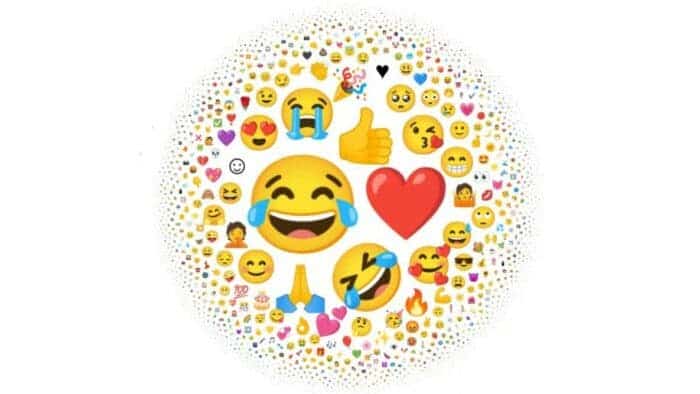Emojis have become a key part of how we communicate online. Whether we’re texting on WhatsApp, sending emails, or posting on social media, these small symbols play a big role. They’ve changed the way we express ourselves, often conveying emotions and ideas more effectively than words alone. However, there’s a lot more to Emojis than just their fun appearance. Let’s dive into how they work and why they sometimes look different on various devices.
Why Emojis Look Different on Every Device and app
The Power of Emojis
Emojis have transformed our digital conversations. Whether it’s a bright smile 



How Emojis Are Standardized
The magic behind Emojis starts with Unicode. Unicode is a global standard that ensures text is consistent across different devices and platforms. It manages everything from letters to symbols. Each year, Unicode adds new Emojis to its list to keep up with changes in how we communicate.
Unicode provides a basic design for each Emoji, but it doesn’t decide how these designs should look on every device. Instead, companies like Apple, Google, Microsoft, and Facebook take these designs and adjust them to fit their own platforms. This means that while the basic idea of an Emoji is the same everywhere, its appearance can vary from one device to another.
Why Emojis Look Different
The differences in Emoji appearance come from how each company interprets Unicode’s designs. For example, a smiley face Emoji on an Apple device might look round and cheerful, while on a Google device, it could appear more angular. The poop Emoji 
Emojis in Messaging Apps
Messaging apps like WhatsApp and Telegram often use Apple’s Emoji designs. This means that when you send an Emoji through these apps, it will look the same on the recipient’s device, no matter if they use an iPhone or an Android phone. This consistency helps make sure your message is understood as you intended. However, for other forms of communication, like SMS or email, Emojis might look different based on the recipient’s device or operating system. This can sometimes lead to misunderstandings if the Emoji doesn’t appear as you expected.

How Emojis Are Sent
When you send an Emoji, you’re actually sending a code that represents it, not an image. This code is recognized by the recipient’s device, which then displays the Emoji according to its own design. Think of it like ordering a chocolate cone at an ice cream shop: the name “chocolate cone” is the same everywhere, but the appearance and taste can vary from one shop to another. Similarly, the code for an Emoji is universal, but how it looks can change depending on the platform.
The Risk of Miscommunication
Because Emojis can look different on various devices, there’s a risk of miscommunication. An Emoji meant to show happiness might look different on another device, which could lead to confusion. If the recipient’s device doesn’t support the Emoji you’ve sent, they might see a placeholder symbol, like a square with a cross. Knowing this can help you avoid misunderstandings and ensure your messages are clear.
The Future of Emojis
As our communication styles continue to evolve, Emojis will keep changing too. Unicode will keep adding new Emojis to reflect new trends and needs. Companies will continue to adapt these designs, which means we’ll see new versions of our favorite Emojis. Keeping up with these changes can help you understand how your Emojis are being interpreted and make sure your messages are effective.
Conclusion
Emojis are a powerful tool in digital communication, adding a fun and expressive element to our messages. However, their appearance can vary greatly depending on the device or platform used. By understanding how Unicode and different companies handle Emoji designs, you can better appreciate the complexity behind these simple symbols. Whether you’re sending a smiley face, a wink, or even a poop emoji, it’s important to remember that how an Emoji looks can change based on where it’s viewed. This awareness can help you communicate more clearly and avoid misunderstandings.




